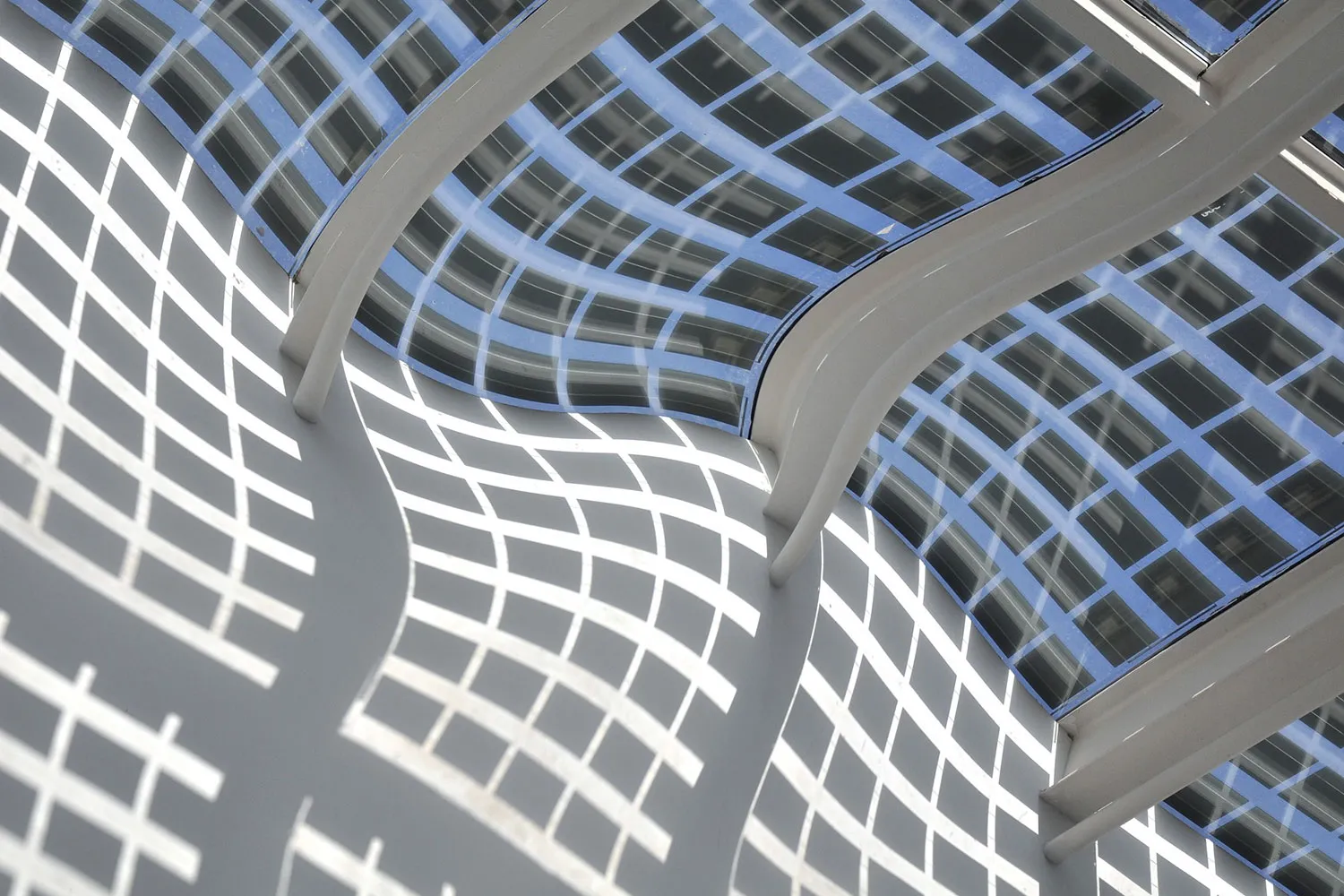From the Pantheon to Modern Homes: The Skylight Evolution
Skylights have existed since ancient times, when architects first sought to open buildings to the sky. They reflected technological progress and a lasting human impulse to stay connected to the natural world, to bring light for function, beauty, and meaning. Today, with more innovative materials and creative architectural solutions, choosing the right skylight often means turning to professionals who can help match the design to the space and ensure it is built to last.

The Pantheon: Where It All Began
Built in the early 2nd century AD, it was one of the first buildings to use a skylight, the oculus, as a central element. This 9-meter-wide opening at the top of the dome did not just let in sunlight—it transformed the interior into a moving canvas of light and shadow, linking the heavens to the earth. That single feature turned the Pantheon into a space not just for worship but for awe.
Roman Innovations
Roman architects expanded on the concept, integrating skylights into bathhouses, temples, and public buildings. The great Roman baths allowed soft, natural light to filter in while improving ventilation. In sacred spaces, skylights enhanced the spiritual atmosphere. Light became more than a practical tool. It helped shape emotion and experience.
Light in the Renaissance and Baroque Eras

Architects used light during the Renaissance and Baroque periods as a powerful artistic expression. Michelangelo’s design for St. Peter’s Basilica and Bernini’s Church of Sant’Andrea al Quirinale showcase how light could elevate architecture into the realm of the sublime. In these periods, light was used to highlight form, create drama, and deepen emotional and spiritual impact.
19th and 20th Century: Industrial Advances and Artistic Movements
The Industrial Revolution introduced new materials like iron and large glass panes, making skylights more dramatic and widely used. Buildings like New York’s Grand Central Terminal featured vast, skylit interiors that flooded the space with natural light. Later, Art Nouveau and Modernist architects embraced natural light as central to their philosophy of living in harmony with nature. This era also marked the rise of custom skylight solutions tailored to unique architectural visions.
Modern Skylights: Blending Technology, Sustainability, and Comfort

Today’s skylights serve multiple roles—visually expanding interiors, enhancing mood, and strengthening our connection to the natural world. Skylights are valuable in California, especially in cities like Anaheim, Orange, and Santa Ana. Modern skylights often use smart glass that automatically responds to sunlight and temperature, helping reduce glare and keep interiors cool. Acrylic dome skylights are light, durable, and stylish, and they are becoming a popular choice in both homes and commercial buildings thanks to their energy efficiency and built-in ventilation.
The Psychological Power of Light
Natural light has a proven positive impact on emotional and mental well-being. Skylights help elevate mood, boost productivity, and support overall health. For this reason, more offices, healthcare centers, and homes are incorporating them for aesthetics, energy efficiency, and human wellness.
From ancient temples to modern smart homes, skylights have always represented our relationship with light and the wider world. As technology and design evolve, this age-old connection is finding new forms, making the future of skylights as bright as ever.

